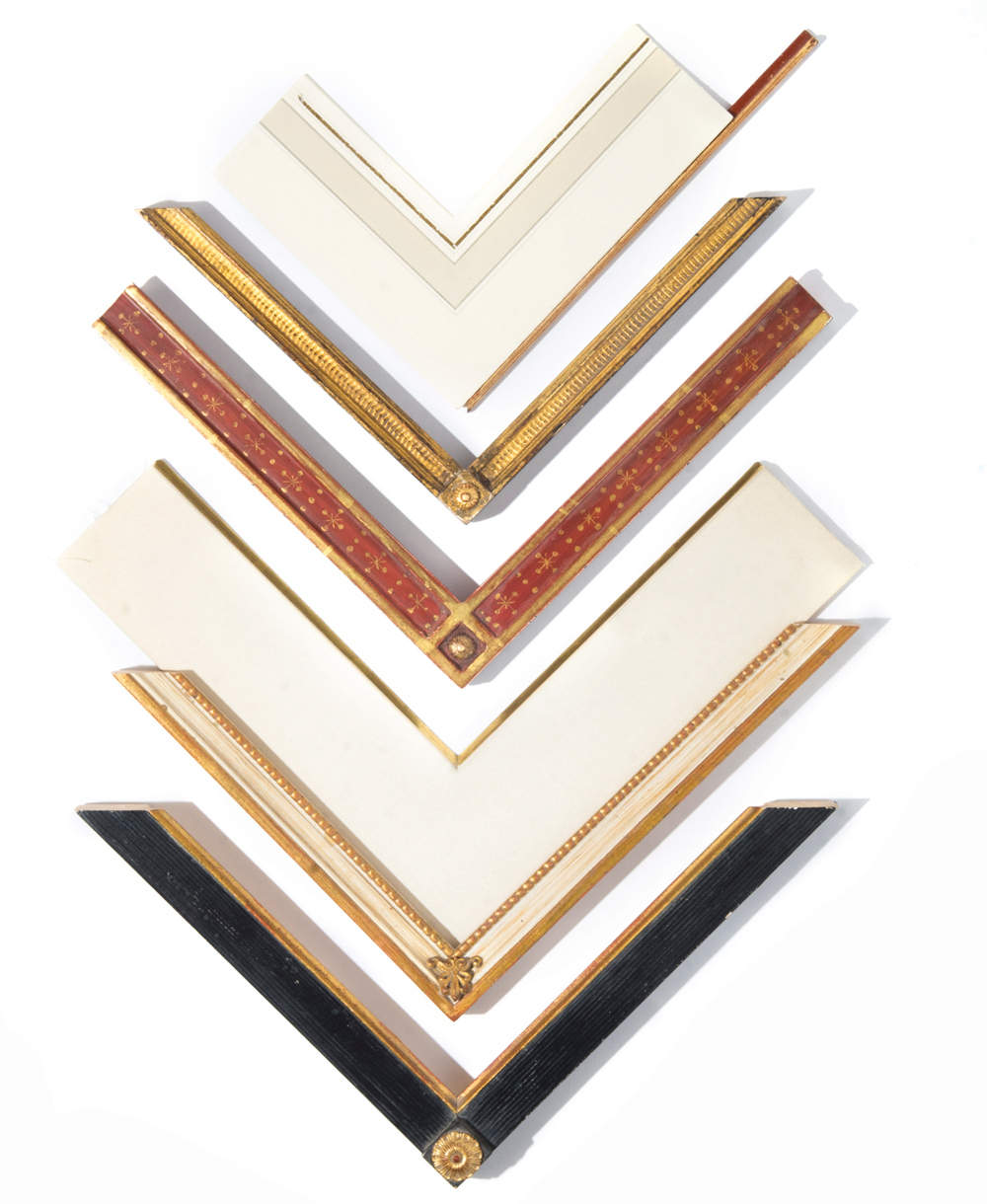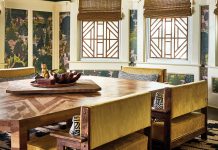
Photograph by Caroline C. Kilgore
Frames, like fashion, can go out of style. That’s one reason it’s best to choose something classic. Besides, the perfect frame should draw attention to the art rather than to itself. “I try to go the simpler route,” explains Patricia Horton, a former art curator who now owns Fred Reed Picture Framing on Miami Circle. “If you use a simpler frame, the piece will change with you.” Founded in 1947, the studio now serves second- and even third-generation customers. Horton gave us a primer on framing essentials.
- French mats are reproductions of 19th-century framing materials. Reed hand-paints trims ranging from simple lines to more elaborate patterns like lattice or leopard. Neutral-colored mats are less likely to feel dated later. And be sure to use archival-quality materials. An inexpensive mat can actually “burn” artwork and leave permanent marks.
- A fillet—which can be pronounced to rhyme with either skillet or delay—is a narrow trim tucked inside frames or mats. Because they must be mitered at the joints, making corners appear less polished, Horton prefers using frames or thick mats with built-in decorative edges rather than adding fillets.
- Corner embellishments such as acanthus leaves or medallions are made from a composite material similar to clay. They are softened with steam then molded to fit the frame.
- Although linen and silk mats sometimes appear dated, they add texture and are becoming popular again for certain applications—much like grasscloth has made a comeback in wallcoverings.
- Liners are popular around paintings without glass or to add space that keeps glass off artwork that isn’t flat. Horton prefers wood to linen, as the latter can fade and stain.
- Reed carves and gilds its own frames. A color is always applied beneath the metal leaf, notes Horton. When the finish is burnished, a small amount of the color shows through, which keeps the metal from looking too shiny. Red is most common, but Reed also uses black and even blue.
- UV-protective, nonreflective glass is very effective but can be three times as costly, says Horton. Even with UV-protective glass, never hang works on paper in direct sun.
This article originally appeared in our Summer 2017 issue of Atlanta Magazine’s HOME.
Advertisement













